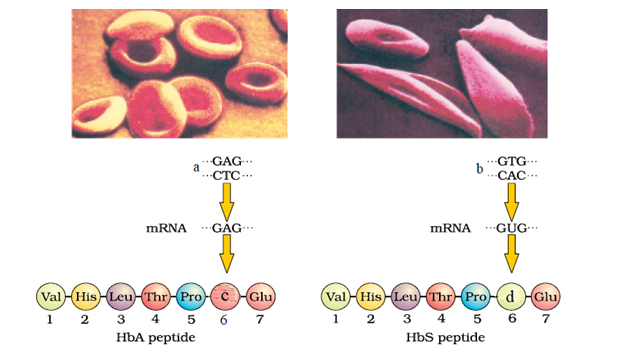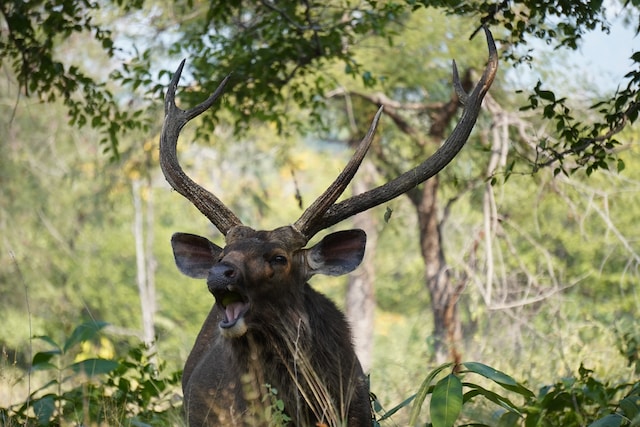Sambar Deer | Facts, Size, Horns & Reproduction
The Sambar deer, also known as Russa Unicolor, is a large and iconic species of deer found in South and Southeast Asia. It is one of the most widespread and adaptable deer species in the region, with a wide distribution that includes countries such as India, Sri Lanka, Nepal, Bhutan, Thailand, Malaysia and Indonesia. There are many species of them. Sambhar deer are highly adaptable and can be found in a wide variety of habitats including forests, grasslands and wetlands. They are often seen searching in the bushes in the forests. They are known to inhabit both lowlands and highlands. Their diet includes many types of vegetation including grass, leaves, bushes and fruits. The Sambhar deer population is considered stable in many parts of its range. However, it faces threats from habitat loss, poaching, and competition with domestic livestock. They are hunted by tigers, lions and leopards. Sambar deer in India and Sri Lanka have larger body sizes and horns.
Size and Appearance
Sambar deer is one of the largest deer species, with males (bucks) being much larger than females (bucks). Their weight ranges from 150 to 350 kg and their height at the shoulder is 100 to 160 cm. The length of Sambar deer is 1.60 to 2.7 meters and its tail ranges from 8 to 14 inches. This are known for their dark brown to grayish-brown coat and a shaggy coat of hair on their neck.
Horns
The Sambhar deer is known for its horns. The Sambhar deer has impressive antlers which are very strong and branched. They were hunted to get these horns. These horns can grow up to 1 meter or 110 cm in length. In deer species, only males have horns.
Reproduction
Sambar deer are primarily crepuscular, meaning they are most active during dawn and dusk. They are usually solitary animals but may sometimes form small groups, especially during mating season. Breeding usually occurs during the monsoon season, and after a gestation period of about 8 months, a single deer fawn is born. Baby deer have spots on their coat, which fade as they grow.









